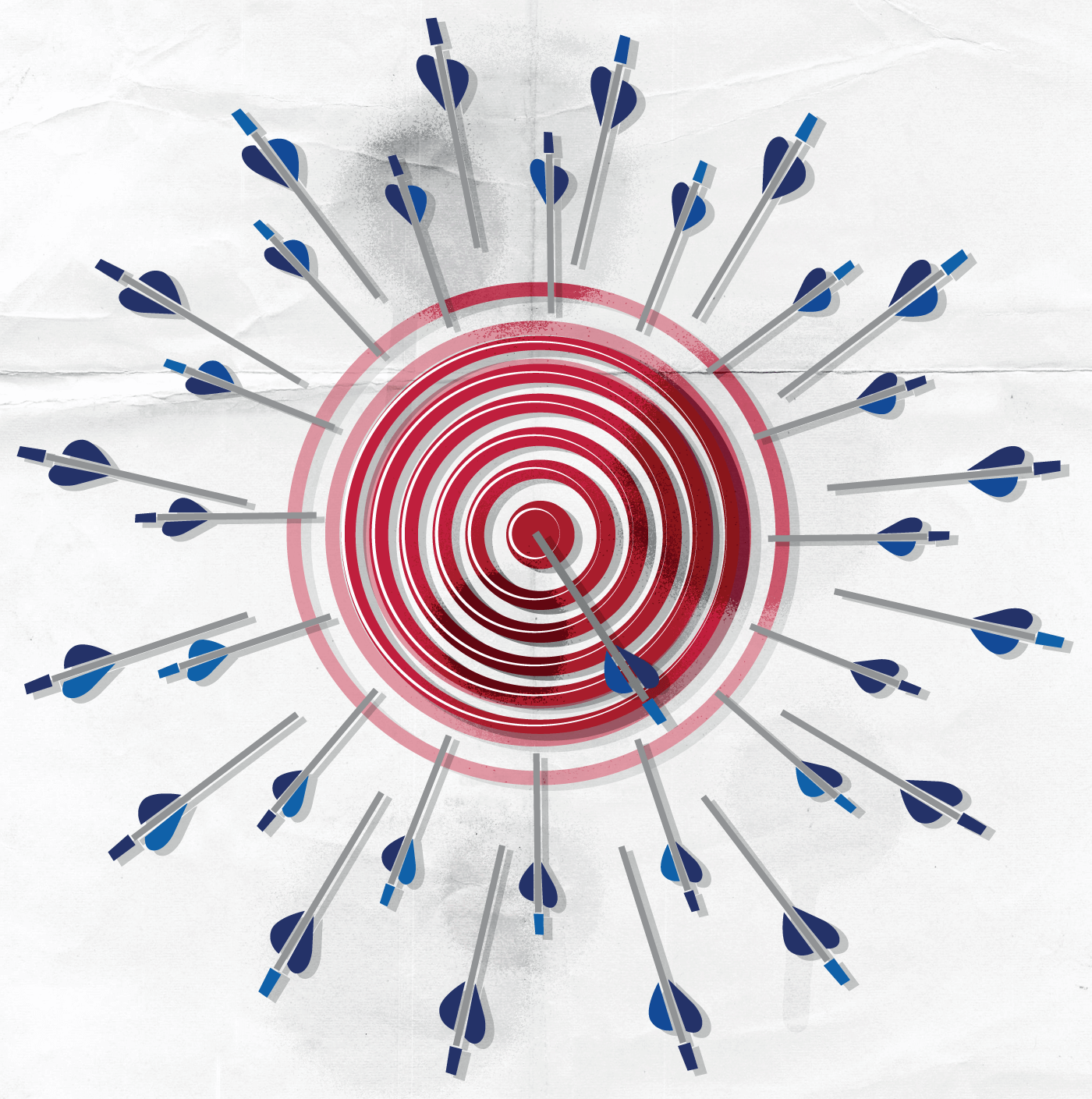
In children, cataracts are responsible for more visual disability than any other form of treatable blindness. In the US, more than 200,000 children are blind from unoperated cataracts, complications of cataract surgery, or the general effects of cataracts (1). The socioeconomic and quality-of-life costs associated with a lifetime of blindness stemming from untreated visually significant cataracts are huge, and estimates put the cumulative risk of cataract during the growing years as high as 1 per 1,000 (2). Fortunately, not all childhood cataracts require removal.
The complexity of cataract surgery in children demands that the surgeon has a high degree of confidence and competence. Cataract surgeons who specialize in adult surgery often lack training in the techniques specific to pediatric intraocular surgery; therefore, cases should be done by ophthalmic surgeons who perform them on a weekly or biweekly basis to ensure competency. Whenever possible, children should be referred to regional centers with significant experience (3).
Challenges of the pediatric eye
Cataract surgery in children poses several specific challenges. Anatomically, a child's eye is smaller, softer, and more flexible compared with an adult eye. Performing cataract surgery in an adult is akin to working inside a hard box, because the sclera is firm and holds its shape. Surgery in a pediatric eye, on the other hand, is more like working inside a squashed grape. The surgeon must maneuver the instruments within a tight space and use copious amounts of fluid to ensure that the eye retains its shape.
Another challenge in pediatric eyes is maintaining adequate intraoperative mydriasis – partly because of the lack of development of the pupil dilator muscle. Stromal rigidity is also reduced, causing the iris to constrict in response to even mild amounts of trauma during the surgery. Such features are consistent with adult intraoperative floppy-iris syndrome. Preservative-free epinephrine may be used intraoperatively in the irrigating solution – a step that has been routine in children long before it was seen as a need in even the most unusual adult cases.
Tools for more predictable surgeries
Following the approval of Omidria (phenylephrine and ketorolac intraocular solution, 1%/0.3%; Omeros Corporation) for maintaining pupil size by preventing intraoperative miosis and for reducing postoperative ocular pain in adult cataract surgery, the company conducted a study in pediatric patients (4); I was an investigator. It was not possible to use a control arm that did not include treatment (in other words, no additive to the BSS) in this patient population; therefore, we randomized subjects to phenylephrine plus ketorolac or phenylephrine alone. As a result, we were also able to evaluate the effect of the nonsteroidal anti-inflammatory agent (ketorolac) on pain. Because the use of phenylephrine is off-label in pediatric cataract surgery, the manufacturer provided both the phenylephrine plus ketorolac product and the phenylephrine for the purposes of the study.
The multicenter, double-masked Phase 3 registration trial was conducted at 17 US sites to compare the safety of phenylephrine and ketorolac 1.0%/0.3% (PE/K 1.0%/0.3%) with phenylephrine 1.0% (PE 1.0%) in children undergoing cataract surgery who were aged from birth to three years old – a notoriously difficult age group for surgery. We also measured intraoperative pupil diameter and postoperative pain. The safety endpoints were evaluated up to 90 days postoperatively. A masked central reader looking at surgical videos measured change in pupil diameter from immediately prior to incision to wound closure. Postoperative pain was measured using the Alder Hey Triage Pain Score at 3, 6, 9, and 24 hours following wound closure. The parent/caregiver recorded the results.
It is important to note that this study was powered to assess safety only given that the FDA indicated that efficacy could be extrapolated from the prior pivotal trial results that were the basis for FDA approval in the adult population. Consistent with the primary objective of assessing safety, enrollment was limited to 78 patients of whom 72 patients were ultimately randomized; no notable changes in vital signs or ophthalmological complications were observed in either group. The mean change in pupil diameter was similar between PE/K 1.0%/0.3% and PE 1.0% (mean difference in AUC -0.071; P = .599). Despite the study design’s relatively limited sample size, the postoperative ocular pain scores and overall mean scores were lower in the PE/K group at all individual time points, and differences in overall mean scores were statistically significant at 6 and 24 hours (P = 0.029 and 0.021, respectively).
In short, the study demonstrated that PE/K 1.0%/0.3% was safe for use in children and maintained mydriasis during cataract surgery. And showed that postoperative pain levels were lower in the PE/K 1.0%/0.3% group. The results of which were published in the Journal of Cataract and Refractive Surgery (4).

Addressing a moving target
Removing the cataract in a pediatric eye is only part of the procedure; a child’s eye is still growing, so implant choice is critically important. Indeed, the growing eye represents a moving target – with the surgeon attempting to predict the development of the eye’s future refractive error.
When an adult has cataract surgery, refractive error is corrected at the same time, making cataract surgery a truly refractive procedure. In a pediatric eye, it is the opposite. When the cataract is removed, so too is an essential regulator of refractive error in the growing eye. The lens is replaced with an implant that does not change, thereby derailing the process of emmetropization. And that’s why the procedure is only performed when absolutely necessary.
To summarize, pediatric cataract surgery is exceedingly challenging but not impossible. In such cases, it is helpful to remove the unknowns and create a process for as much of the surgery as possible to ensure a good outcome. With Omidria now FDA-approved for preventing intraoperative miosis and reducing postoperative ocular pain in children, pediatric surgeons can have added confidence and greater predictability of outcomes while performing these complex procedures.

References
- C Gilbert, “Worldwide causes of blindness in children” In: Wilson ME, Saunders RA, Trivedi RH, eds. Pediatric Ophthalmology: Current Thought and a Practical Guide. Heidelberg, Germany: Springer; 2009: 47-60.
- B Haargaard et al., “Incidence and cumulative risk of childhood cataract in a cohort of 2.6 million Danish children”, Invest Ophthalmol Vis Sci, 45, 1316 (2014). PMID: 15111583
- M Wilson, “Pediatric Cataracts: Overview” (2015). Available at: https://bit.ly/3fqKjQu.
- M Wilson et al., “Safety and efficacy data supporting U.S. FDA approval of intracameral phenylephrine and ketorolac 1.0%/0.3% for pediatric cataract surgery: clinical safety and pupil and pain management”, J Cataract Refract Surg, 46, 873 (2020). PMID: 3222115
